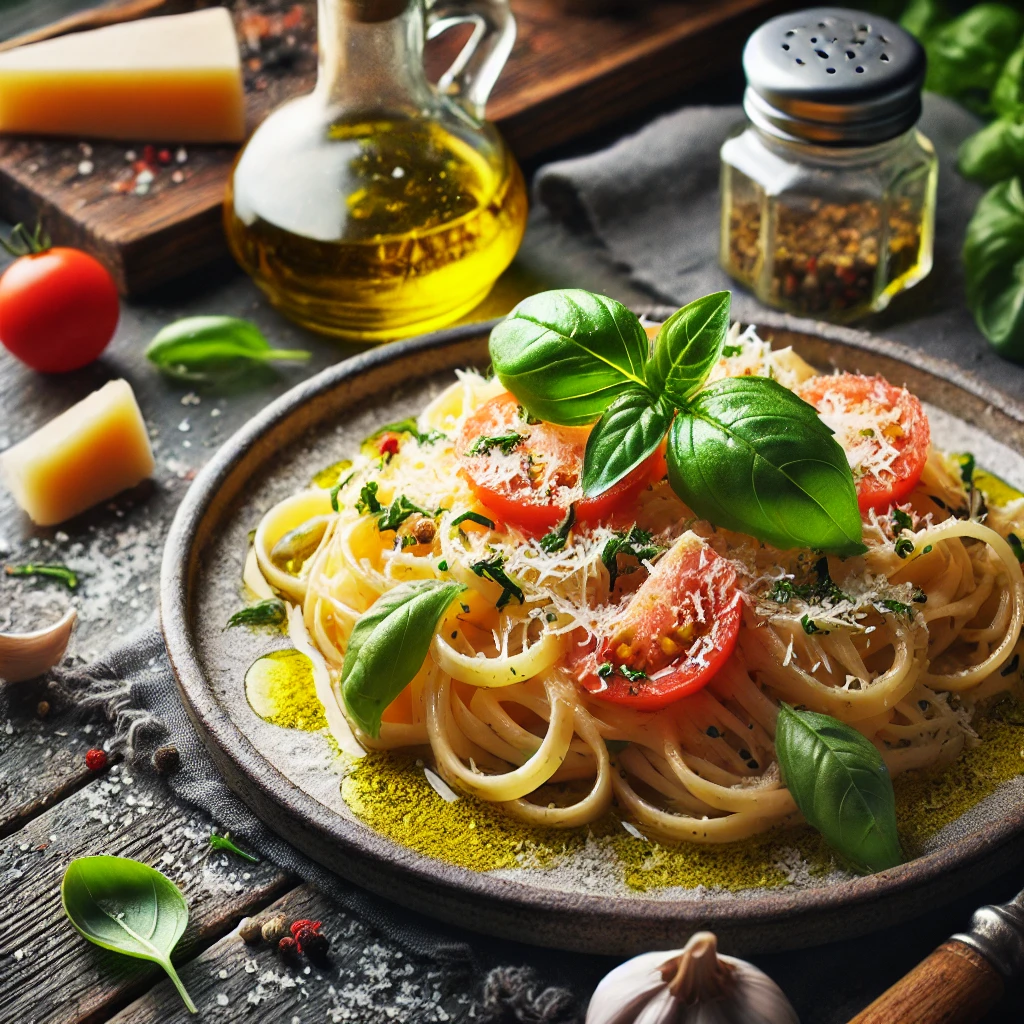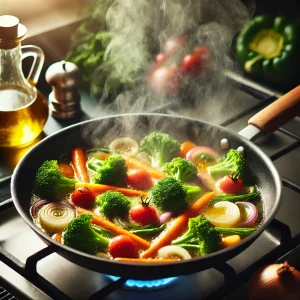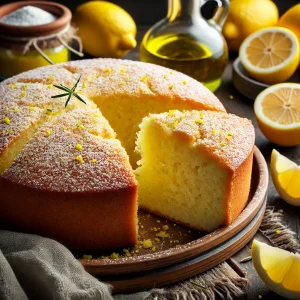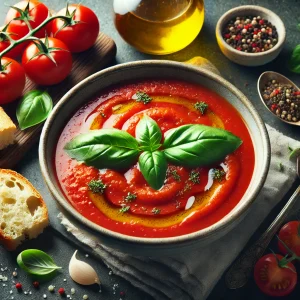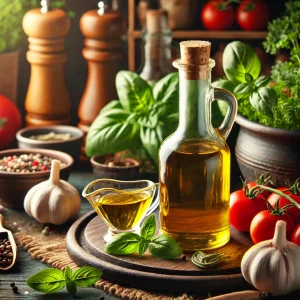Olive oil isn’t just a pantry staple; it’s the secret weapon that can elevate your cooking from good to gourmet. From sautéing to drizzling, olive oil’s versatility is unmatched. But to truly harness its power, you need to know the best ways to use it. Let’s dive into five essential tips for cooking with olive oil that will make your dishes shine.
1. Best Practices for Sautéing and Frying
Contrary to popular belief, olive oil is fantastic for sautéing and light frying. Its smoke point—the temperature at which it begins to break down—is around 375°F (190°C) for extra virgin olive oil (EVOO). This makes it perfect for medium-heat cooking.
Tips for Success:
- Use a heavy-bottomed pan to distribute heat evenly.
- Avoid overheating; a medium flame is your best friend.
- Add aromatics like garlic or onions to infuse the oil with flavor.
Fun Fact: The fruity aroma of EVOO enhances sautéed veggies, making even picky eaters crave broccoli!
Scientific Nugget: According to Wikipedia, olive oil’s antioxidants help protect it from degradation at moderate heat.
2. How to Use Olive Oil in Baking
Say goodbye to butter and hello to olive oil in your baked goods. Its subtle fruity flavor adds complexity, while its healthy fats make it a guilt-free choice.
How to Swap:
- Replace butter with olive oil at a 3:4 ratio. For example, use 3/4 cup of olive oil for every 1 cup of butter.
- Use light or mild-flavored olive oil for sweet recipes like cakes and muffins.
Best Dishes:
- Olive oil brownies: Rich, moist, and irresistible.
- Lemon olive oil cake: A Mediterranean twist on a classic dessert.
Whimsical Thought: Imagine your brownies whispering, “We’re healthier, but we still taste like decadence.”
3. Tips for Marinating Meat and Veggies
Marinades are the unsung heroes of flavor-packed dishes, and olive oil is the star ingredient that ties them together.
Why Olive Oil Works:
- It helps seasonings adhere to the meat or vegetables.
- Its natural fats tenderize proteins and enhance the absorption of spices.
Simple Marinade Recipe:
- 1/4 cup olive oil
- 2 tablespoons lemon juice or vinegar
- 2 garlic cloves, minced
- 1 teaspoon dried herbs (oregano, thyme, or rosemary)
- Salt and pepper to taste Mix, coat your ingredients, and let them marinate for at least 30 minutes.
Pro Tip: Always marinate in the refrigerator to prevent bacterial growth.
4. The Perfect Drizzle for Soups and Stews
A drizzle of olive oil can transform a humble soup or stew into a masterpiece. The oil’s creamy texture and robust flavor add depth and richness.
How to Drizzle:
- Use a spoon to add a thin stream just before serving.
- Pair fruity olive oil with creamy soups (like tomato or pumpkin) and peppery oils with hearty stews.
Whimsical Thought: Picture olive oil as a painter adding the final brushstroke to your culinary canvas.
5. Why You Should Always Finish Dishes with Raw Olive Oil
Raw olive oil isn’t just a garnish; it’s a flavor booster and nutrient powerhouse. Drizzling raw olive oil preserves its polyphenols and vitamins, which can be lost during cooking.
Best Uses:
- Over salads and roasted vegetables
- As a dip for fresh bread
- On pasta dishes for an extra layer of flavor
Scientific Insight: Studies have shown that raw olive oil retains more antioxidants, supporting heart health and reducing inflammation.
Fun Fact: In Mediterranean countries, it’s common to pour olive oil over almost everything. It’s their secret to flavorful, healthy meals!
The Olive Oil Advantage
Cooking with olive oil isn’t just about flavor—it’s about enhancing your dishes with a touch of health and tradition. From sautéing and baking to marinating and drizzling, olive oil is the ultimate kitchen companion. So, grab your bottle of liquid gold and let your culinary creativity shine!

